Building Tomorrow's Legacy Today
We're not just designing buildings — we're crafting ecosystems that actually give back more than they take. It's architecture with a conscience, without the usual corporate greenwashing.
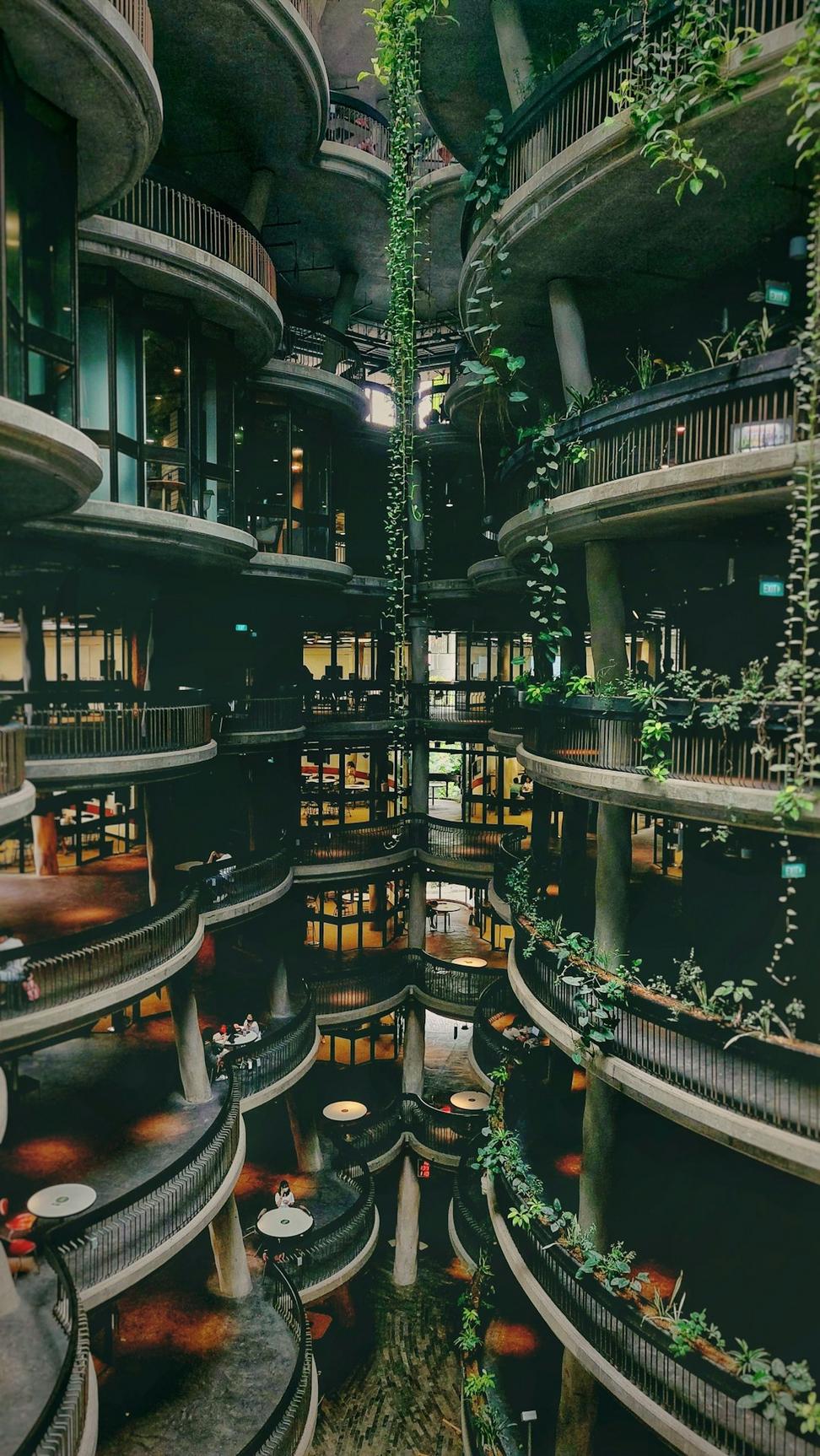
We're not just designing buildings — we're crafting ecosystems that actually give back more than they take. It's architecture with a conscience, without the usual corporate greenwashing.

Look, sustainability in architecture isn't some trendy checkbox anymore. After 15 years doing this work, I've learned that the best green buildings are the ones where occupants don't even realize they're in a "sustainable" space — they just know it feels right.
We've designed everything from net-zero homes in Cabbagetown to commercial retrofits downtown that cut energy use by 70%. The secret? It starts at the sketch phase, not as an add-on later. Orientation, thermal mass, natural ventilation — these aren't fancy terms, they're just smart design that's been around for centuries.
We aim for buildings that produce as much energy as they consume. Solar orientation isn't rocket science, but you'd be surprised how many projects ignore it. High-performance envelopes, triple-glazed windows, heat recovery ventilation — yeah, they cost more upfront, but the payback period's gotten way shorter.
Rainwater harvesting, greywater systems, permeable surfaces — it's all about treating water as the precious resource it is. We've installed systems that reduce municipal water use by 60%. Plus, green roofs aren't just Instagram-worthy, they actually manage stormwater and provide insulation.
Low-VOC everything, reclaimed timber, locally sourced stone, recycled steel. We've got suppliers across Ontario who get what we're trying to do. The embodied carbon in materials matters just as much as operational energy. Sometimes the greenest material is the one already on site.
Real buildings, real impact. These aren't renders — they're projects we've actually built and monitored.
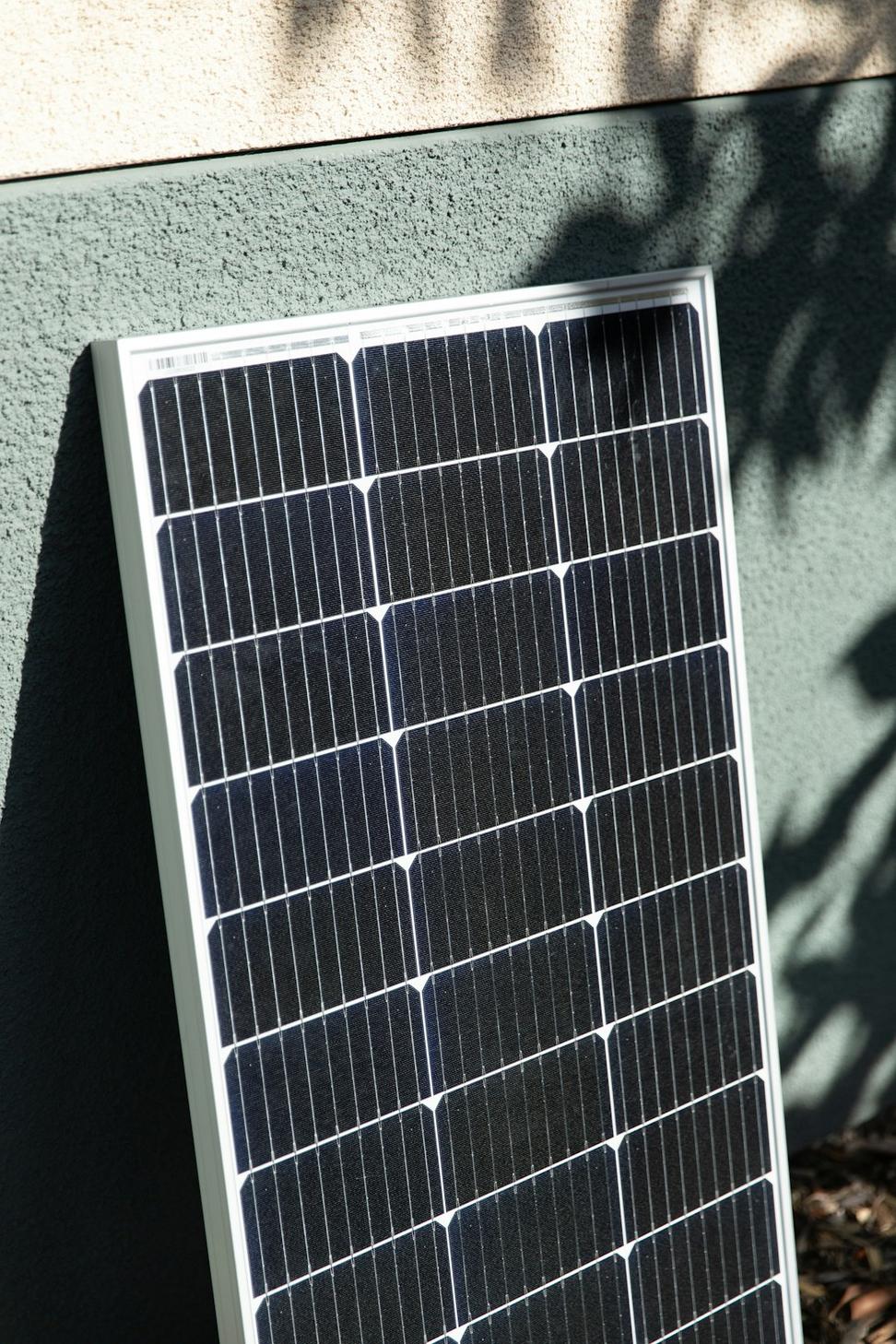
Complete gut renovation that achieved net-zero status. 8.5kW solar array, geothermal heating, the works. Energy bills? About $12/month now.
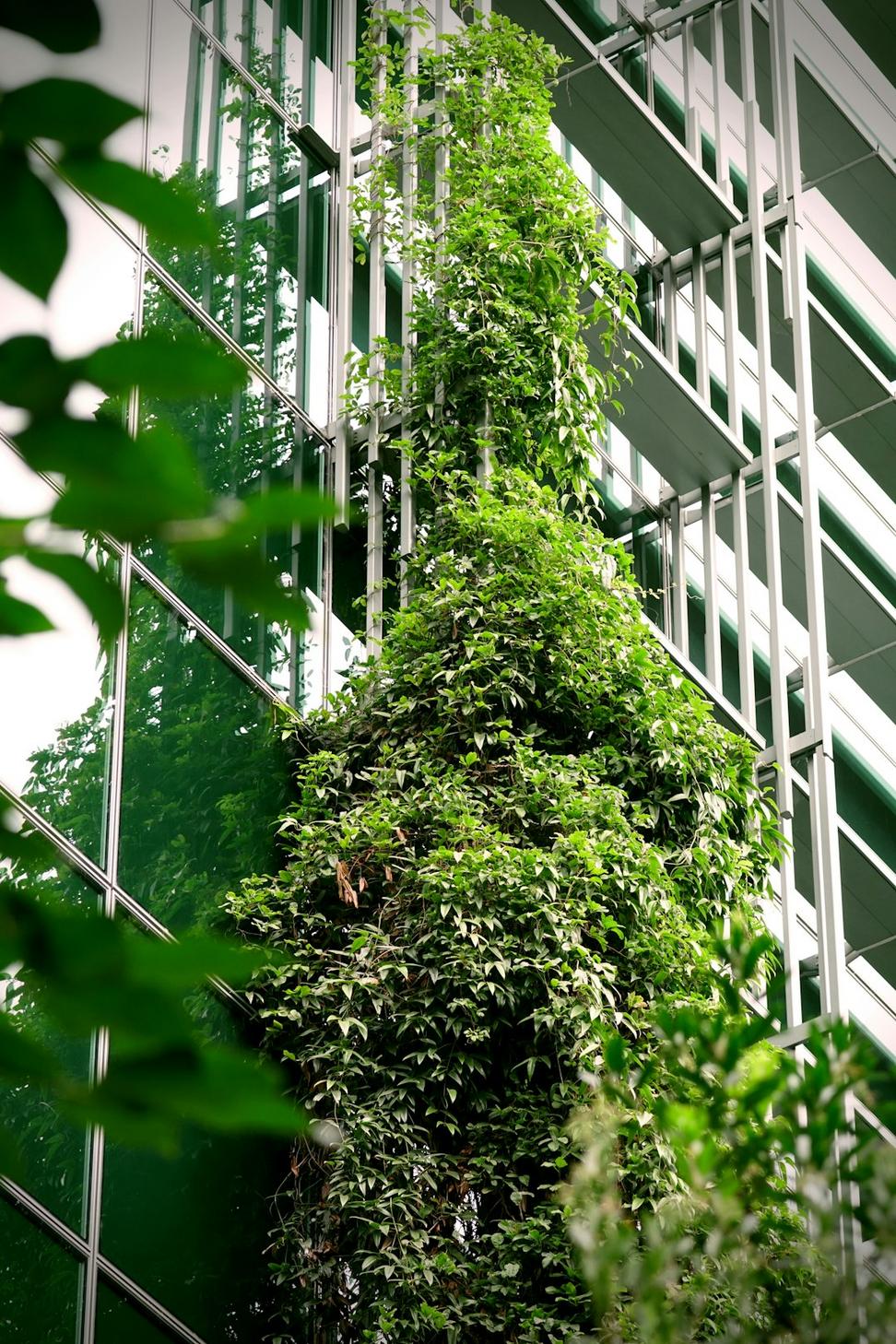
35,000 sq ft of workspace that actually makes people want to come into the office. Living walls, maxed-out daylighting, and a ventilation system that adapts to occupancy.

Our first Passive House certification in 2019. Super-insulated envelope, airtight construction. Heating costs are less than a typical Toronto apartment.
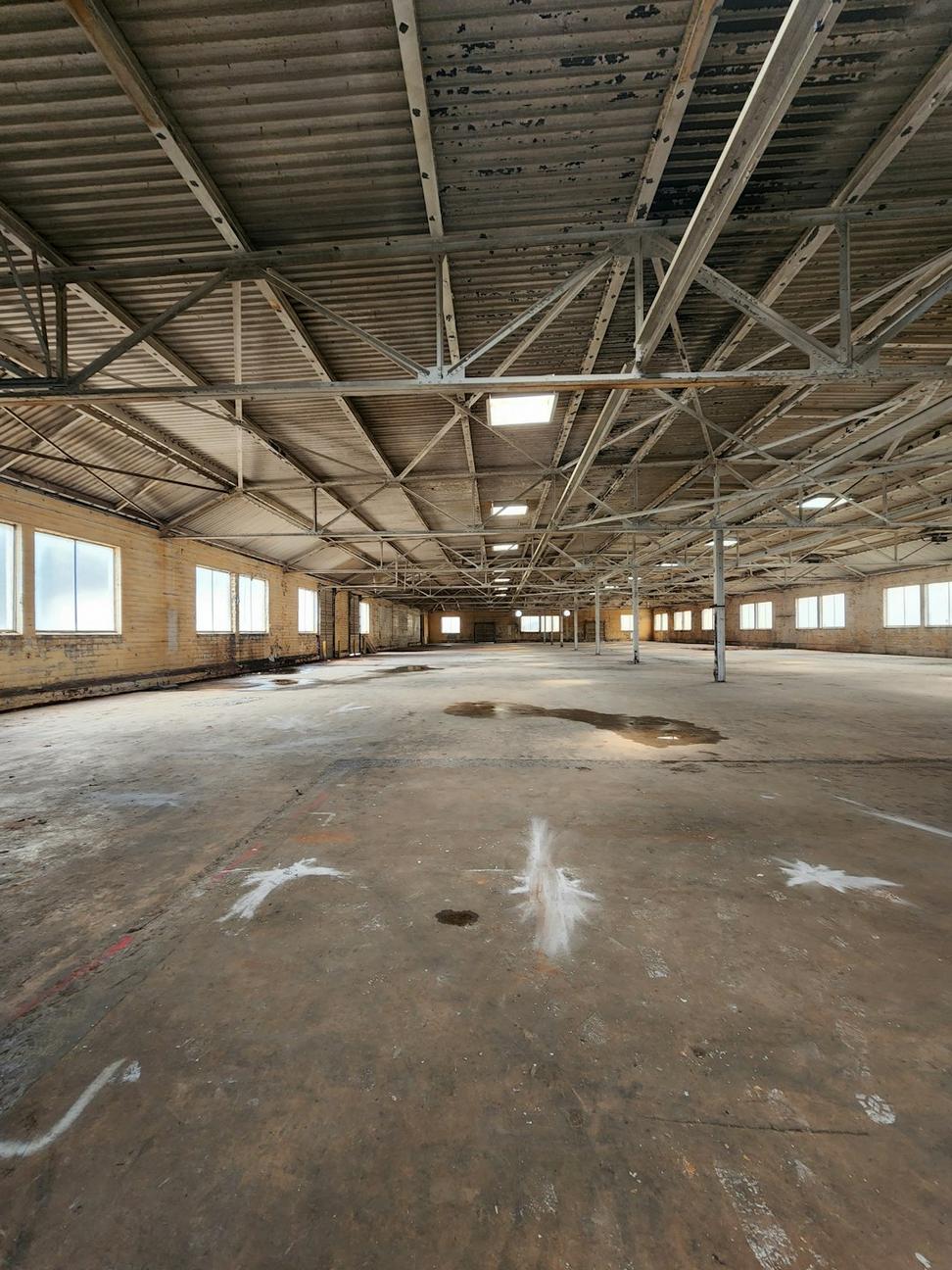
Turned a 1920s warehouse into mixed-use space. Kept 80% of the original structure, added modern systems. Sometimes the greenest building is the one that's already there.
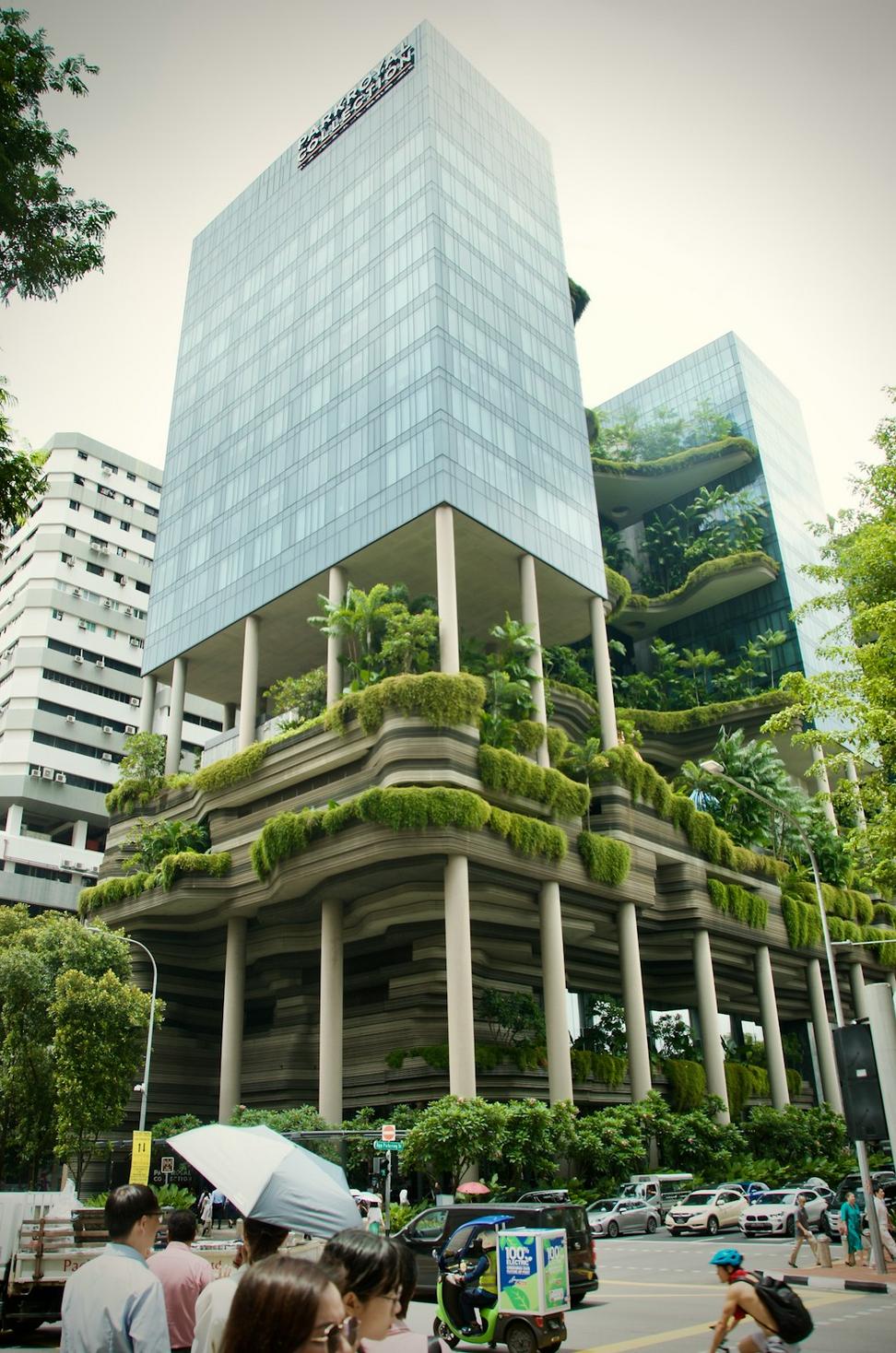
Extensive green roof with native plantings, rainwater collection feeding the irrigation system. The neighbors thought we were crazy until they saw their own cooling bills.
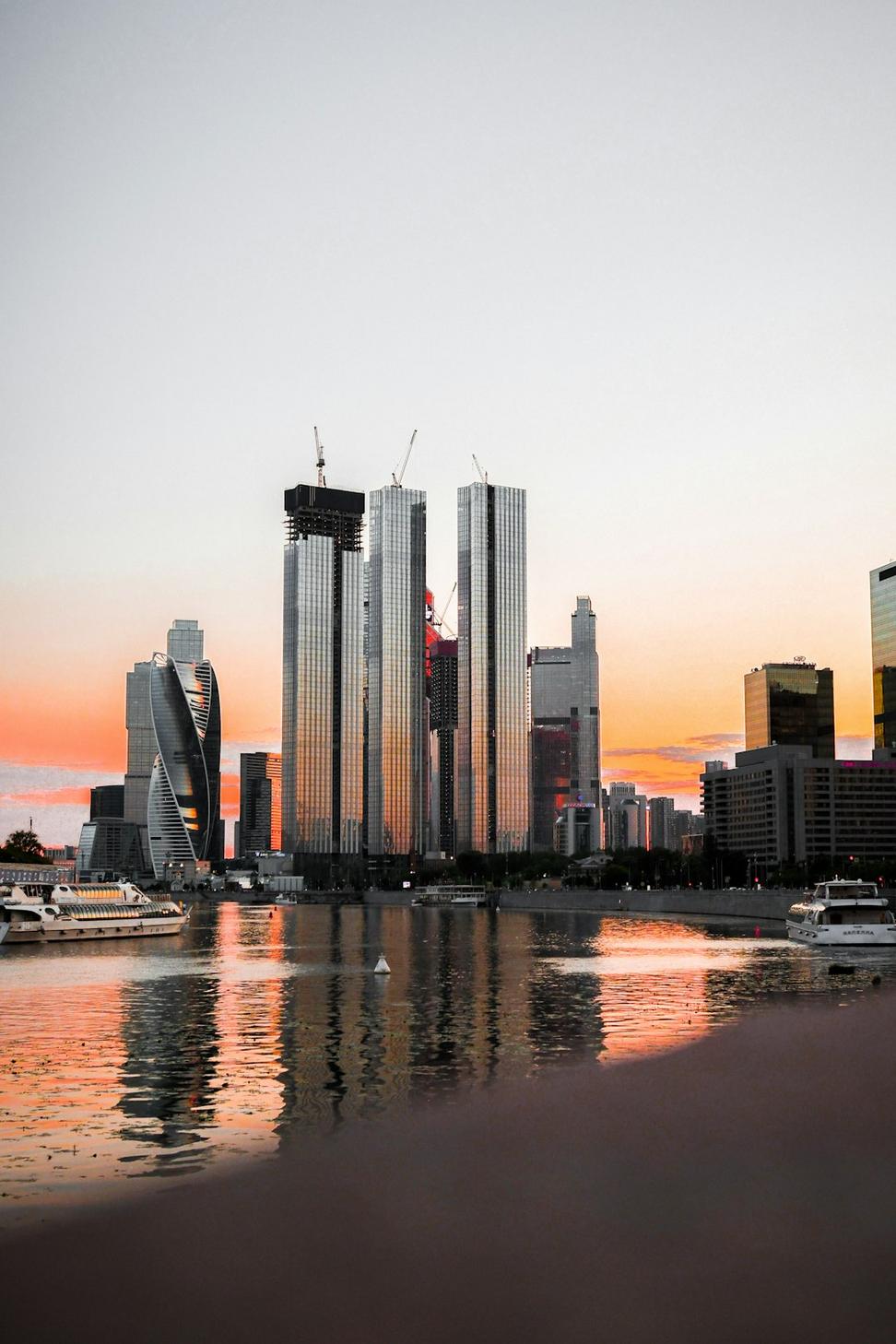
Public building designed to hit net-zero by 2027. Geothermal field under the parking lot, building automation that learns usage patterns. Cost more upfront but the city's already seeing savings.
Average Energy Reduction
LEED Certified Projects
Net-Zero Buildings
Water Use Reduction
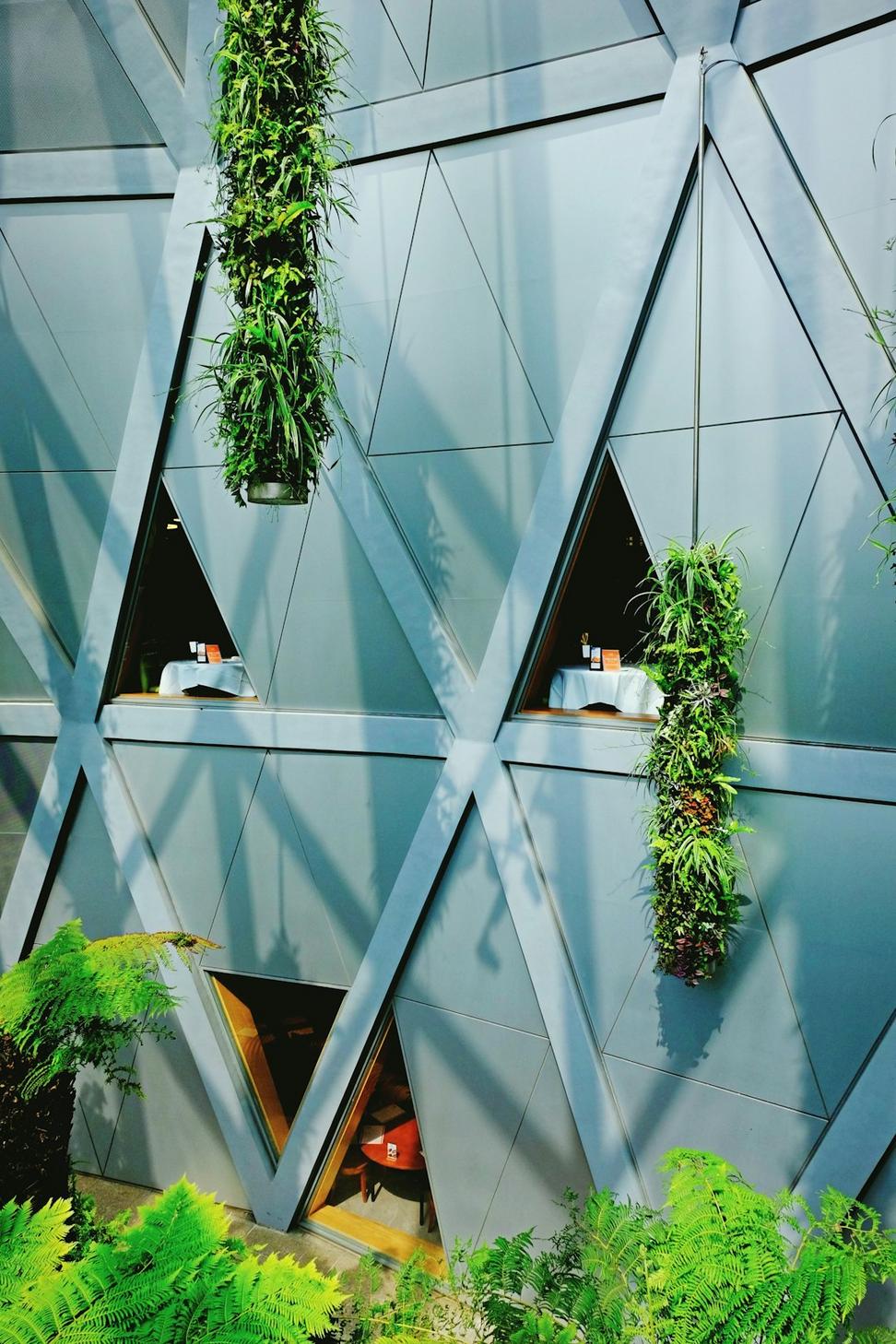
Right now we're diving deep into mass timber construction — cross-laminated timber specifically. The carbon sequestration potential is huge, and honestly, it's just beautiful to work with.
We're also exploring building-integrated photovoltaics beyond just rooftop panels. Facade systems are getting more efficient and way better looking than they used to be.
And yeah, we're tracking embodied carbon on every project now. It's tedious but necessary. Can't just focus on operational energy anymore if we're serious about hitting climate targets.
Let's Talk About Your Project